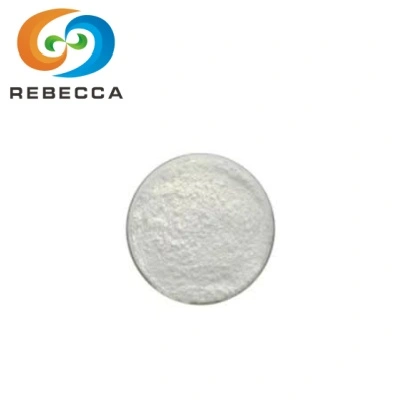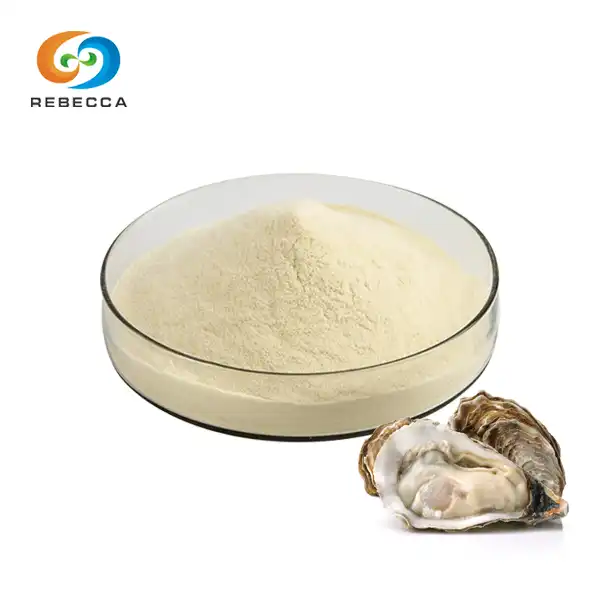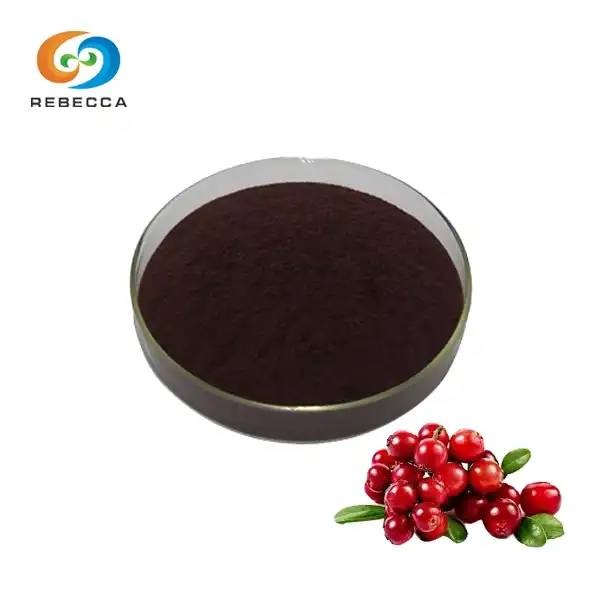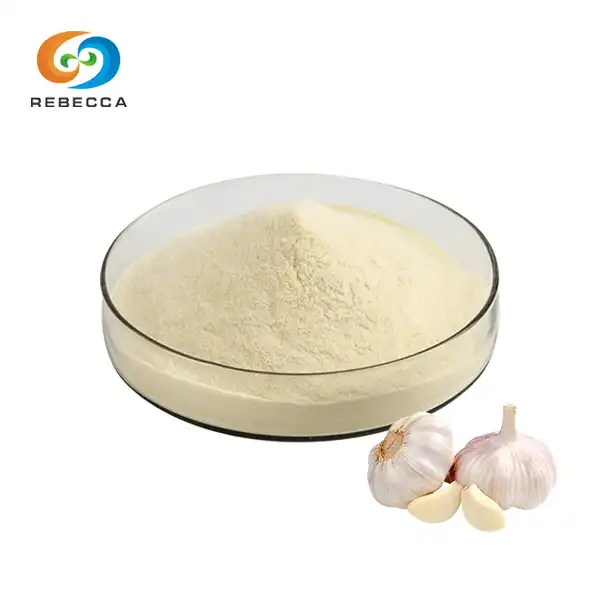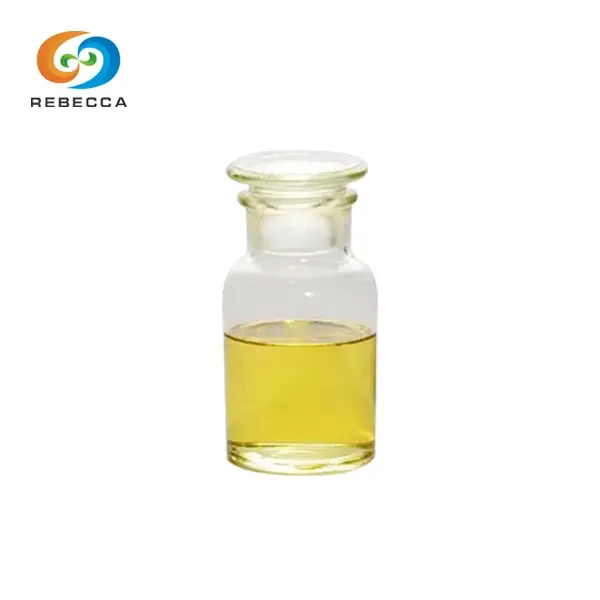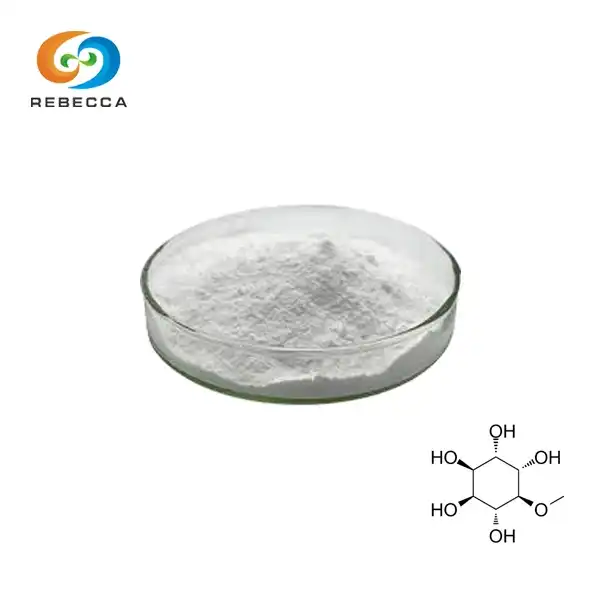How does synthetic capsaicin balance analgesic effects and skin irritation?
The paradox of capsaicin-based therapeutics lies in its dual nature: the very compound that causes burning sensations can also provide profound pain relief. This seemingly contradictory behavior has puzzled researchers and clinicians for decades, yet synthetic capsaicin has emerged as a promising solution to harness therapeutic benefits while minimizing unwanted side effects
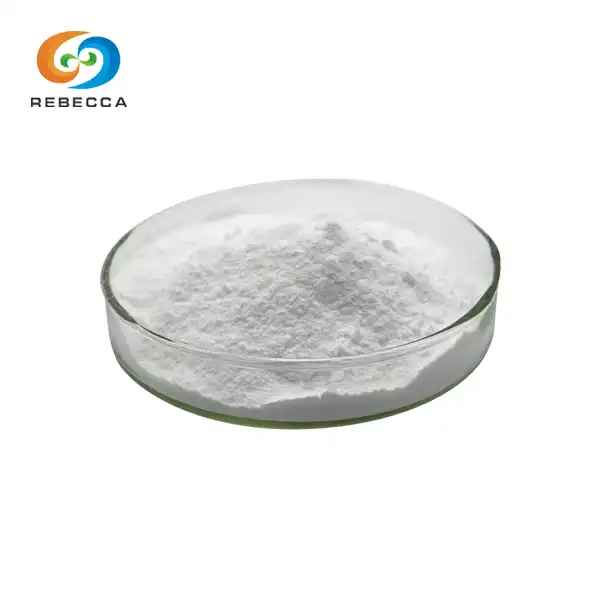
1.Product Name: Synthetic Capsaicin
2.Other Name:nonivamide powder, Pelargonic acid vanillylamide, Synthetic N-Vanillylnonamide
3.Appearace: Off-white to white powder
4.Specification: ≥98% HPLC
5.CAS No.:2444-46-4
6.Scoville Heat Unit:16,000,000 SHU
7.Molecular formula:C17H27NO3
8.Melting Range: 55~61℃
9.Synthetic capsaicin Professional Manufacturer and Supplier
10.Solubility:Soluble in Chloroform, Ethanol & Insoluble in Water
11.Package: 1kg/Aluminum foil bag, 20Bags/Drum
12.Free Sample Available, COA,MSDS Available
Mechanistic Basis: Analgesia vs. Irritation
The relationship between capsaicin's analgesic and irritant properties stems from its interaction with the transient receptor potential vanilloid 1 (TRPV1) channels. These receptors, found primarily on sensory neurons, serve as the gateway through which synthetic capsaicin exerts both its therapeutic and adverse effects. When capsaicin binds to TRPV1 receptors, it initially triggers an influx of calcium and sodium ions, leading to neuronal depolarization and the characteristic burning sensation.
However, Prolonged exposure to synthetic capsaicin leads to a phenomenon known as desensitization or defunctionalization of these pain-sensing neurons. This process involves the depletion of substance P and other neuropeptides from nerve terminals, effectively reducing the neuron's ability to transmit pain signals. The desensitization process is what ultimately provides the analgesic effect, transforming the initial irritant into a pain-relieving agent.
The temporal dynamics of this process are crucial to understanding how synthetic capsaicin can be optimized. The initial phase of receptor activation typically lasts minutes to hours, during which patients experience the characteristic burning sensation. This is followed by a refractory period where the neurons become less responsive to painful stimuli, providing the desired analgesic effect that can last for weeks or even months. The challenge lies in minimizing the duration and intensity of the initial irritation phase while maximizing the subsequent analgesic benefits.
Recent research has revealed that the concentration and formulation of synthetic capsaicin significantly influence this balance. Lower concentrations tend to produce milder initial irritation but may also result in less profound desensitization, potentially reducing the overall analgesic efficacy. Conversely, higher concentrations can achieve more complete desensitization but at the cost of increased initial discomfort. This concentration-response relationship forms the foundation for developing optimal therapeutic formulations.


Key Strategies to Balance Efficacy and Irritation
Pharmaceutical scientists have developed several innovative approaches to optimize the therapeutic window of synthetic capsaicin. One of the most promising strategies involves the use of penetration enhancers and specialized delivery systems. These formulations are designed to facilitate deeper penetration of the active compound into target tissues while potentially bypassing some of the superficial nerve endings responsible for initial irritation. By controlling the rate and depth of capsaicin penetration, researchers can theoretically reduce surface irritation while maintaining therapeutic concentrations at the intended site of action.
Another significant advancement lies in the development of sustained-release formulations. Traditional capsaicin applications often require multiple daily applications, each associated with renewed irritation. Sustained-release systems, including patches, gels, and specialized creams, can provide continuous low-level exposure to synthetic capsaicin. This approach aims to maintain the desensitized state of pain receptors while avoiding the repeated cycles of irritation associated with frequent reapplication.
The concept of co-formulation represents another innovative strategy. By combining synthetic capsaicin with local anesthetics, cooling agents, or anti-inflammatory compounds, formulators can create products that provide immediate comfort during the initial application phase. For instance, menthol or other cooling agents can counteract the burning sensation through competing sensory pathways, while local anesthetics can temporarily block pain transmission during the critical initial exposure period.
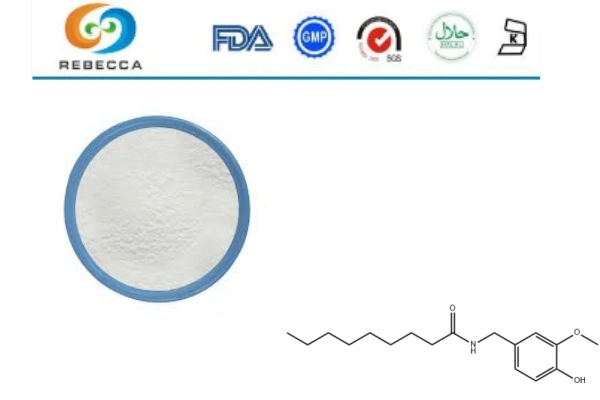
Clinical Evidence and Applications
The clinical landscape for synthetic capsaicin has evolved significantly over the past decade, with numerous studies demonstrating its effectiveness across various pain conditions. Diabetic peripheral neuropathy, one of the most challenging chronic pain conditions to treat, has shown remarkable responsiveness to high-concentration capsaicin patches. Clinical trials have consistently demonstrated that patients can achieve significant pain reduction lasting 8-12 weeks following a single application, despite experiencing initial discomfort lasting only a few hours.
Postherpetic neuralgia represents another area where synthetic capsaicin has shown exceptional clinical utility. This condition, characterized by persistent nerve pain following shingles infection, often proves resistant to conventional pain medications. Studies have shown that high-concentration synthetic capsaicin patches can provide sustained pain relief for months after application, with many patients reporting clinically meaningful improvements in quality of life measures. The key finding from these studies is that the temporary increase in pain during application is generally well-tolerated when patients are properly prepared and supported through the treatment process.

The management of chronic musculoskeletal pain has also benefited from advances in synthetic capsaicin formulations. Conditions such as osteoarthritis, particularly of the hands and knees, have shown positive responses to specialized capsaicin creams and gels. What makes these applications particularly interesting is that the balance between irritation and analgesia seems to be more favorable in musculoskeletal applications compared to neuropathic conditions, possibly due to differences in nerve density and receptor distribution in different tissues.

Rebecca: Synthetic Capsaicin Manufacturer
The journey to balance analgesic efficacy with acceptable tolerability profiles represents one of the most fascinating challenges in modern pain management. Through careful manipulation of concentration, formulation, delivery methods, and application protocols, capsaicin has evolved from a simple irritant compound to a sophisticated therapeutic tool. The key lies not in eliminating the initial irritation entirely, but in managing it strategically to maximize therapeutic benefit while minimizing patient discomfort.
As our understanding of TRPV1 receptor physiology continues to advance, we can expect even more refined approaches to capsaicin-based therapy. The future likely holds promise for more targeted delivery systems, personalized dosing protocols, and combination therapies that further optimize the therapeutic window. For patients suffering from chronic pain conditions, particularly those who have not responded well to conventional treatments, capsaicin offers a unique mechanism of action that can provide sustained relief when properly applied.
Rebecca is a leading synthetic capsaicin supplier committed to providing high-quality pharmaceutical-grade compounds for research and therapeutic applications.
Our Product Specifications:
- Specification: ≥98% HPLC
- Scoville Heat Unit: 16,000,000 SHU
- Free Sample Available
- COA and MSDS Available
For more information or to place an order, please reach out to us at information@sxrebecca.com.
Reference
Szallasi, A., & Blumberg, P. M. (1999). Vanilloid (capsaicin) receptors and mechanisms. Pharmacological Reviews, 51(2), 159-212.
Mou, J., Paillard, F., Turnbull, B., Trudeau, J., Stoker, M., & Katz, N. P. (2013). Efficacy of Qutenza (capsaicin) 8% patch for neuropathic pain. Pain Medicine, 14(5), 610-617.
Simpson, D. M., Brown, S., Tobias, J. K., & NGX-4010 C107 Study Group. (2014). NGX-4010, a capsaicin 8% dermal patch, for the treatment of painful HIV-associated distal sensory polyneuropathy. Journal of Acquired Immune Deficiency Syndromes, 65(2), 134-142.
